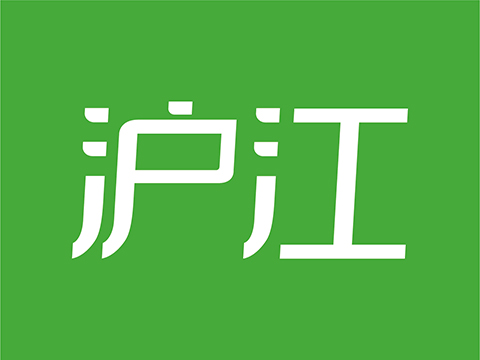在经过半年多时间的痛苦创作之后,我也可以长长的松一口气,如期向我的学生们兑现6月份来我博客免费下载《2009考研英语阅读理解精读100篇(高分版)》的承诺了。本书共分为25个单元,每个单元有4篇文章,难度偏高。主要适合的考研人群为业已通过四级考试并希望能在考研英语考试中考取70分以上成绩的考生。希望考研的XDJM们再接再厉,每个人都能取得好成绩。
TEXT THREEControled bleeding or cauterisation? That was the unappealing choice facing UBS, a Swiss bank which has been badly hurt by the carnage in America's mortgage market. The bank opted for the latter. First it opened the wound, by announcing a hefty $10 billion write-down on its exposure to subprime-infected debt. UBS now expects a loss for the fourth quarter, which ends this month. Then came the hot iron: news of a series of measures to shore up the bank's capital base, among them investments from sovereign-wealth funds in Singapore and the Middle East.
Bad news had been expected. UBS's third-quarter write-down of over SFr4 billionin October looked overly optimistic compared with more aggressive markdowns at other banks such as Citigroup and Merrill Lynch. Steep falls in the market value of subprime debt since the end of the third quarter made it certain that UBS would take more pain, given its sizeable exposure to toxic collateralised-debt obligations (CDOs). Analysts at Citigroup were predicting in November that write-downs of up to SFr14 billion were possible.
Why then did this new batch of red ink still come as a shock? The answer lies not in the scale of the overall loss, more in UBS's decision to take the hit in one go. The bank's mark-to-model approach to valuing its subprime-related holdings had been based on payments data from the underlying mortgage loans. Although these data show a worsening in credit quality, the deterioration is slower than mark-to-market valuations, which have the effect of instantly crystallising all expected future losses.
Thanks to this gradualist approach, UBS had been expected to take write-downs in managed increments of SFr2 billion-3 billion over a period of several quarters. It now appears that the bank has incorporated market values into its model, sending its fourth-quarter write-downs into orbit. The change of approach may be on the advice of auditors and regulators but it is more likely to reflect a desire by UBS's bosses to avoid months of speculation about the bank's exposure, something that Marcel Rohner, the chief executive, described as "distracting".
In a particular indignity for a bank long associated with conservatism, concerns about the level of UBS's capital ratio had even started to surface. Hence the moves to strengthen its tier-one capital, an important measure of bank solidity, by SFr19.4 billion, a great deal more than the write-down. The majority of that money will come from sovereign-wealth funds, the white knights of choice for today's bank in distress. Singapore's GIC, which manages the city-state's foreign reserves, has pledged to buy SFr11 billion-worth of convertible bonds in UBS; an unnamed Middle Eastern investor will put in a further SFr2 billion. UBS will also raise money by selling treasury shares, and save cash by issuing its 2007 dividend in the form of shares. Its capital ratio is expected to end up above 12% in the fourth quarter, a strong position.The majority of that money will come from sovereign-wealth funds, the white knights of choice for today's bank in distress.
Hopeful talk of lines being drawn under the subprime crisis has been a feature of banks' quarterly reporting since September. Marrying bigger-than-expected write-downs with bigger-than-expected boosts to capital looks like the right treatment in this environment. But UBS still cannot be sure that its problems are over. Further deterioration in its subprime asset values is possible; the broader economic impact of the credit crunch is unclear; and the damage to the bank's reputation cannot yet be quantified. The patient still needs watching.
[A] those measures will do more harm to UBS.
[B] those measures will cauterize UBS.
[C] those measures will forcefully stop UBS from furthur loss.
[D] those measures will control bleeding of UBS.
2. Compared with the mark-to-market valuations, the mark-to-model approach could _____.
[A] slow down the worsening in credit qualtiy.
[B] instantly crystallise all expected future loss.
[C] worsen the credit quality.
[D] accelerate the deterioration in credit quality.
3. The reason that Marcel Rohner thought the chang of approach was "distracting" is _____.
[A] this change was unexpected to take place in such a situation.
[B] this change was result of the advice of auditors and regulators.
[C] this change was unfavorite to UBS.
[D] this change was taken to make people dispel their guess.
4. The phrase "the white knights"(Line 5, Paragraph 5) most probably means____.
[A] rich people.
[B] saviors.
[C] generous people.
[D] brave people.
5. The author's attitude towards UBS's future is______.
[A] optimistic
[B] pessimistic
[C] uncertain
[D] none of the above
